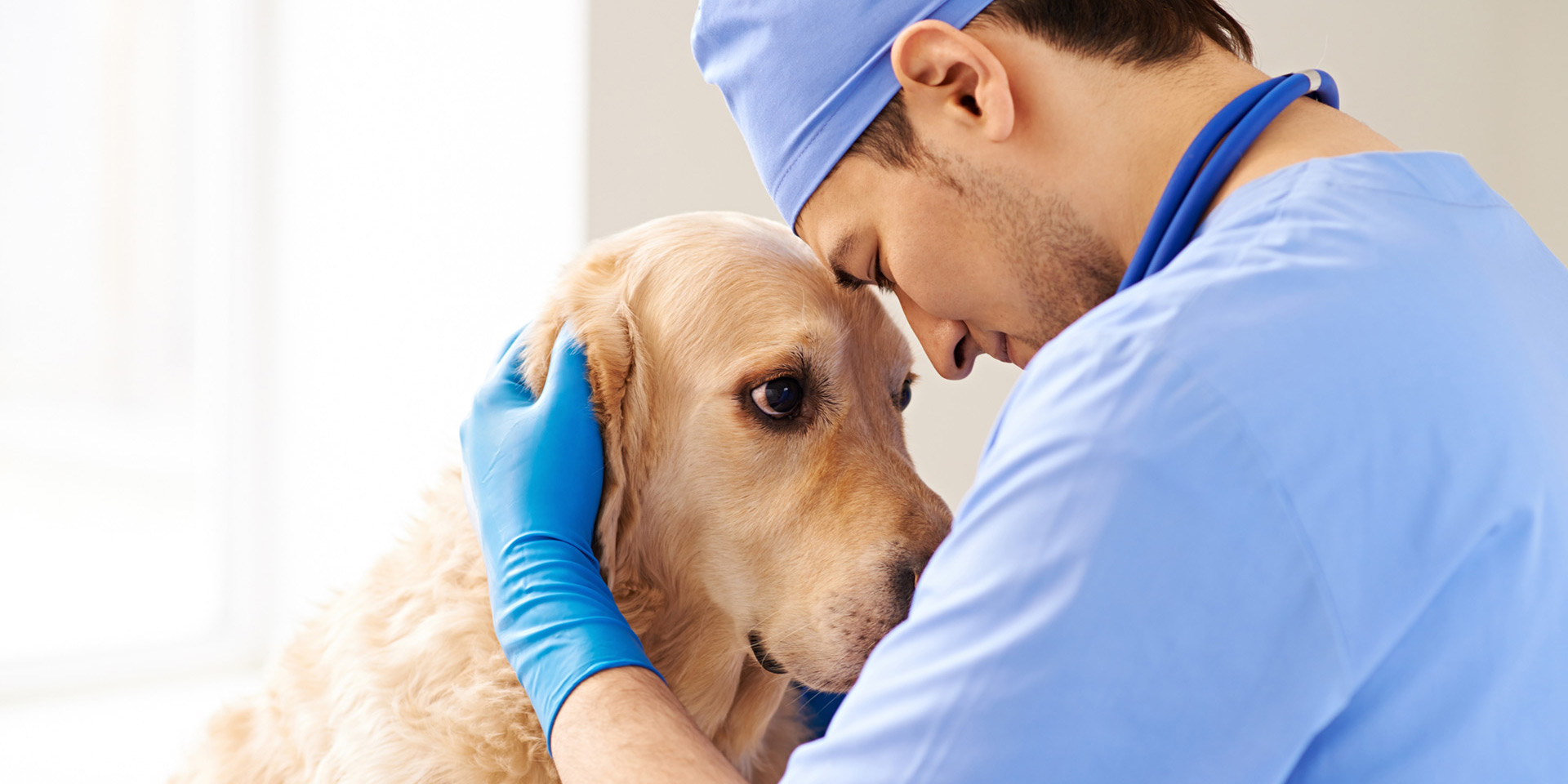The problem is, your dog’s bad breath could be far more serious than you think
Does your pet have bad breath?
If your answer is yes, you are not alone. According to a recent survey by AMVQ (Quebec Small Animal Veterinary Association), almost half of adult dog owners have noticed bad breath in their pet. About one in six owners even admit that their pet has awful breath! Note that these numbers increase in dogs 10 years and older.
What causes bad breath in pets?
Common causes may be related to the mouth or, more rarely to other health problems.
The most common cause of bad breath or halitosis is periodontal disease caused by a biofilm of bacteria (plaque).
Bad breath or halitosis is one of the first signs noticed in dogs suffering from periodontitis. It is so common that many believe that foul breath is normal in dogs. It is not so!
Bacteria are attracted to the tooth surface within hours of teeth cleaning. Within days, the plaque becomes mineralized producing calculus or tartar. As biofilm and tartar age and gingivitis develop into periodontitis, bacteria that are protected by a biofilm change from somewhat irritating strains to bone destroying types that produce hydrogen sulphide causing halitosis. Other causes of halitosis include:
- eating malodorous food or stool;
- metabolic disease such as diabetes and chronic renal disease;
- respiratory disease such as rhinitis, sinusitis or even cancer;
- digestive disease;
- skin disease such as lip folds dermatitis;
- Other oral diseases, such as foreign body or electrical cord injury.
A veterinary examination is necessary to diagnose the specific cause of bad breath.
If you really care about your pet’s health and welfare, periodontitis causing bad breath can and should be prevented. In future blogs, I will address the different options available to pet owners to prevent periodontitis.

